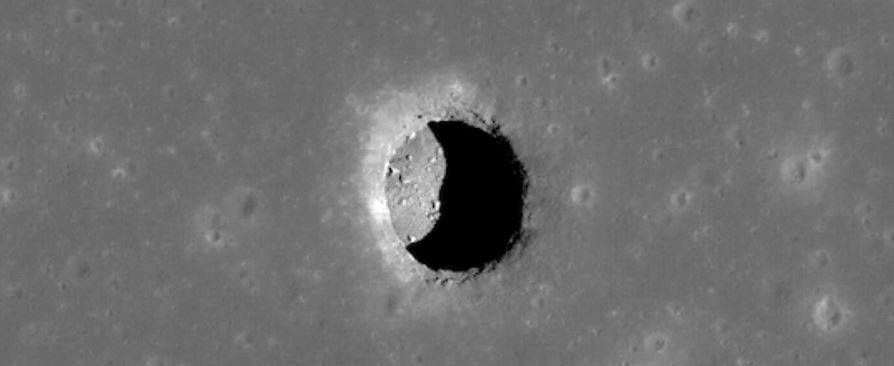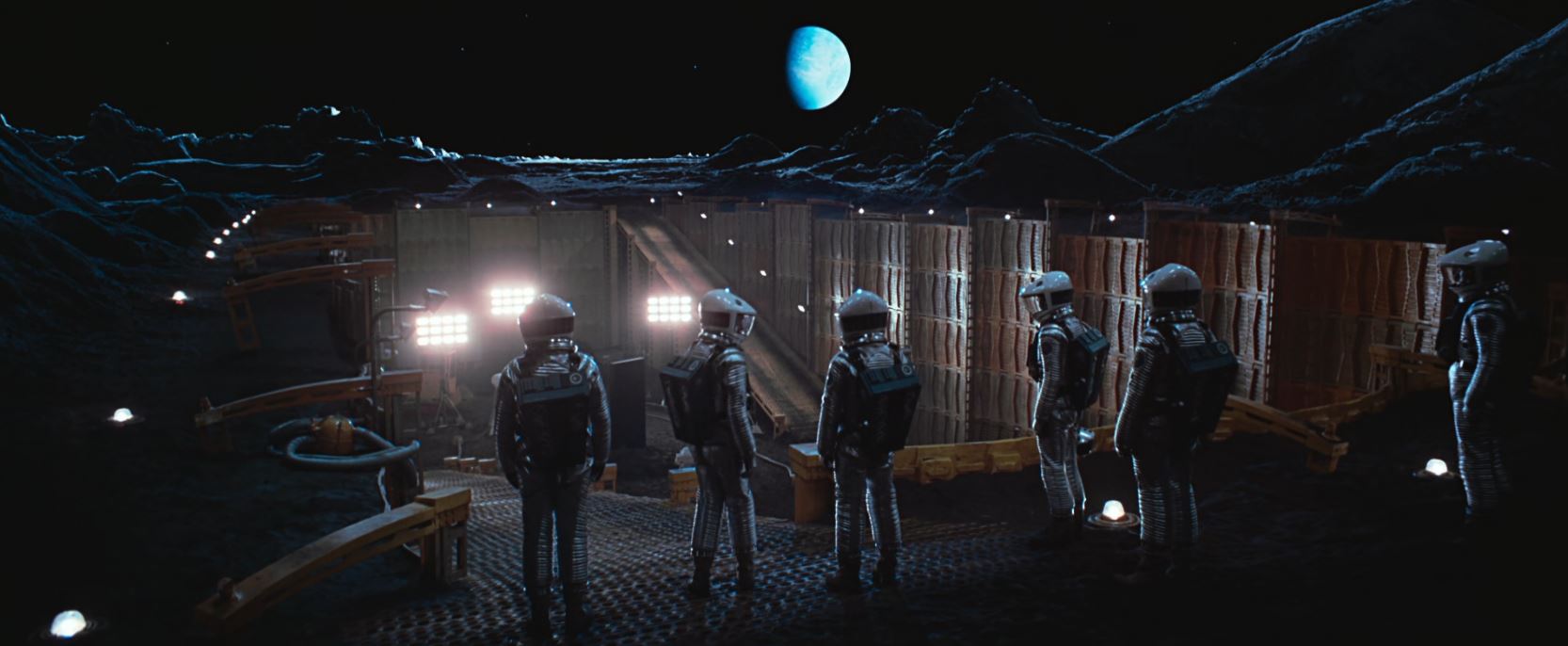
TWZ: Los Alamos Scientist’s Insights On The GBU-57 Massive Ordnance Penetrator
This interview convinces me that Gary Stradling is a smart guy with a good attitude. Good thing he is on our side.
This is very sophisticated work. It is not casual, and it’s not speculative. These are real experts who are doing the work. Careful, technical, quantitative work to be able to deliver this kind of war-fighting capability to the services.










